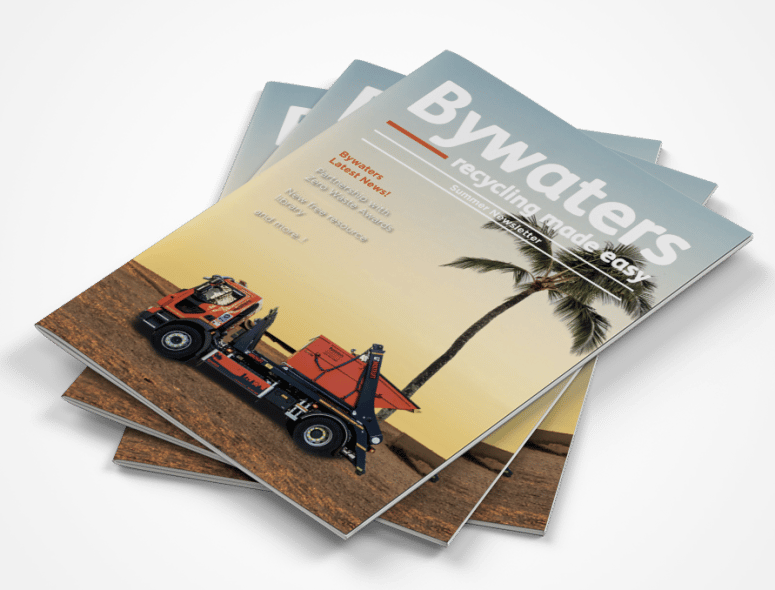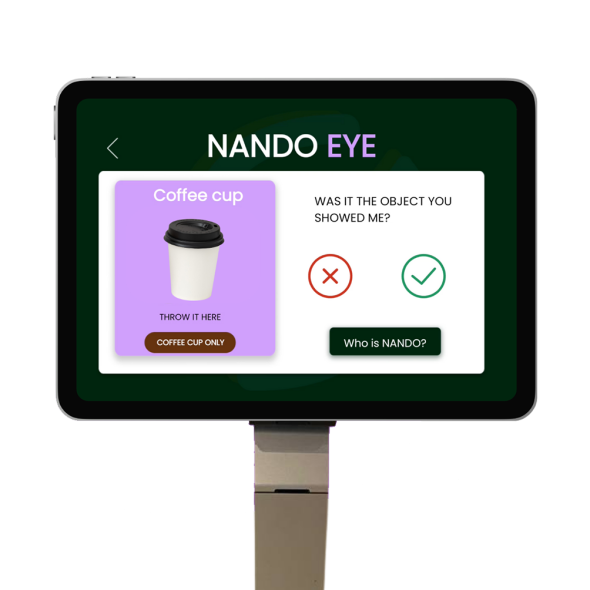Contact us today for your Free Quote
Plastic is everywhere nowadays. We use it for almost everything, from shopping bags and food packaging, to cutlery, dinnerware and water bottles — it’s seemingly unavoidable. The items we order online arrive in unnecessary amounts of plastic packaging, while our takeaway meals arrive in plastic tupperware. Nearly everything you see and use daily is either made entirely or partly with the material.
Plastic pollution is at the top of the agenda as awareness continues to be raised about the issue, with the likes of David Attenborough and Greta Thunberg campaigning for change. We all know that synthetic materials aren’t good for the environment and we’re encouraged to avoid plastic where possible, but are all types of plastic bad? Here we explore whether this is the case and what types can be recycled.
What’s the issue with plastic?
While plastics tend to have desirable performance properties, such as being lightweight and durable, the material has largely negative effects on the environment.
Plastics are made from non-renewable materials
Since most plastics are made from petroleum (a non-renewable material), the process of producing it from start to finish is damaging to the planet. Extracting, transporting and refining the fuels needed to make plastic results in annual carbon emissions equal to 189 coal-fired power stations.
Furthermore, plastic can continue to cause harm long after its initial use. One of the worst culprits is single-use plastic, such as plastic bags and bottles. Such items are made from crude oil which is non-biodegradable. The sad truth is that plastic can take more than 400 years to decompose, meaning these items remain on Earth for a long period and cause significant damage. We generate so much of the stuff that it overflows at landfills and increases methane and carbon dioxide emissions.
Plastics can enter our food chain and cause health issues
Plastic is also problematic for the food we eat. Chemicals can leak from plastic food packaging and leach onto our food, especially Styrofoam which has been linked to metabolic disorders and reduced fertility. The issue is exacerbated when plastic is exposed to heat as the process happens faster. For example, when you microwave your leftovers in a tupperware box, you may be exposing yourself to an even higher dose of harmful chemicals.
The impacts to the food chain are wider-reaching however. Discarded plastic often makes its way into our oceans, impacting marine life and their habitats. Sea turtles, for example, get strangled in plastic bags and mistake plastic straws for food. Many items break down into microplastics which are easily ingested by animals, entering the food chain in the process. For instance, when we eat fish it’s possible that we’re inadvertently consuming the plastic that the fish has ingested. In recent research, it was discovered that 33% of fish sampled from 2017-2019 contained plastic, up from 15% during 2010-2013. Meanwhile researchers at The Norwegian University of Science and Technology said that “the problem is that plastics are made of a complex chemical cocktail, so we often don’t know exactly what substances are in the products we use,” referring to the known 4,000 chemicals used in plastic food packaging.
What are the different types of plastic?
1. Polyethylene Terephthalate
Also known as PET or PETE, this plastic is most commonly used for drinks bottles, peanut butter jars, medicine containers, tote bags, and carpet. It’s clear, strong and lightweight, and is suitable for keeping a product safe and maintaining its quality. PET is inexpensive, highly shatterproof, and available in many shapes and colours. It’s also one of the easiest plastics to recycle, often reused to make life jackets, sleeping bags and winter coats.
2. High-Density Polyethylene (HDPE)
This type of plastic is used for milk jugs, shampoo and conditioner bottles, detergent containers, grocery bags and toys. HDPE is a hard, opaque material that can withstand high temperatures and is 100% recyclable, meaning it can be used again to make things such as limber, fencing and plastic crates. It’s lightweight yet incredibly strong and long-lasting.
PET and HDPE are easily sorted through our mechanical segregation. We recommend placing these items in your dry mixed recycling.
3. Polyvinyl Chloride (PVC – U)
This type is the world’s third most widely used synthetic plastic. It comes in two forms, either rigid or flexible. The former is used in construction, non-food packaging and cards, while the latter is used in plumbing, inflatable products and electrical cable insulation. PVC is usually white and very brittle. It’s readily available, inexpensive and very dense, making it resistant to chemicals. This plastic can be recycled but we don’t accept it at Bywaters.
4. Low-Density Polyethylene (LDPE)
As the name suggests, this type of plastic has a lower density than HDPE. It’s flexible and transparent which is why it’s used to make plastic shopping bags for fresh produce and frozen foods. LDPE is tough and valued for its strength and lightness. It has many uses, costs very little and is waterproof. And while it can take hundreds of years to decompose, this plastic can be recycled and used to make rubbish cans and plastic lumber. We’re able to recycle film plastic bags and sacks at our facilities.
5. Polypropylene (PP)
Polypropylene is used for packaging products, medical devices and household trays. PP is the most commonly used thermoplastic in the world and its slippery tactile surface makes it ideal for plastic furniture and low friction applications such as gears in machinery and vehicles. It’s resistant to chemical corrosion, and therefore suitable for cleaning products, bleaches and first-aid items. We recycle food packaging made from polypropylene.
6. Polystyrene or Styrofoam (PS)
Typically used for disposable plastic cutlery and dinnerware, polystyrene or Styrofoam is naturally transparent and is found in either solid or foam form. Styrofoam in particular is used as a packaging material to fill out boxes to protect items. It’s a good electrical insulator, easily moulded and has a good chemical resistance. PS is very safe to use for food packaging. In fact, it can help reduce the risk of food-borne illnesses. However, it’s not recyclable, especially large products or items contaminated with food or oil, as these don’t fit through our sorting equipment.
7. Miscellaneous Plastics
Finally, there are some other plastics that are categorised into one group. This includes polycarbonate, polylactide, acrylic, fibreglass and nylon. These plastics tend to be found in reading glasses, CDs and DVDs, baby bottles, medical storage containers and exterior lighting fixtures. They are very tough plastics, however very likely to shatter if pressure is applied. It’s unlikely that you can recycle these types though, so ask your recycler before placing them into your bins. We can’t recycle your old CD and DVD cases, but if your baby bottles are made of HDPE, PET or PP, we can collect them.
Why some plastics aren’t bad for the environment
We’re told by the media and scientists that all plastics are bad but this isn’t inherently true. While it is important to reduce our plastic use where possible, the material does provide plenty of good opportunities.
Plastic can have a sustainable impact when properly managed and recycled. For example, at Bywaters, we recycle 100% of the plastic waste we collect. It can also help solve the issue of food waste. Plastic packaging can protect food, prevent it from bruising, and keep things like meat fresh in an oxygen-free environment. What’s more, this material is lighter than other packaging methods such as glass and card, helping to reduce transportation costs and the associated carbon emissions. And while most plastic types don’t biodegrade, many can be recycled for reuse or sent to recovery to generate energy, giving it another purpose rather than allowing items to fill up landfills.
Many companies are working towards using recyclable plastics for their packaging. Coca-Cola has pledged to use at least 50% recycled material in its packaging by 2030, Adidas is repurposing plastics for trainer collections, and Nike’s Flyknit shoes are made from the equivalent of six recycled bottles. So, although production of plastic isn’t eco-friendly, reusing the material rather than throwing it away is a much better tactic.


